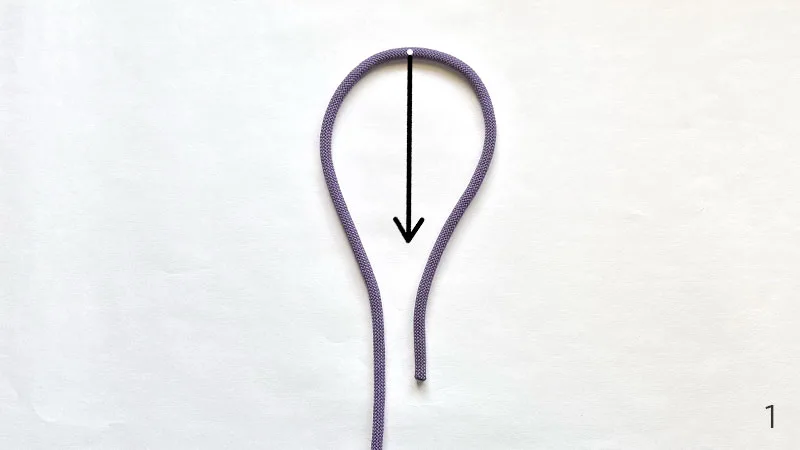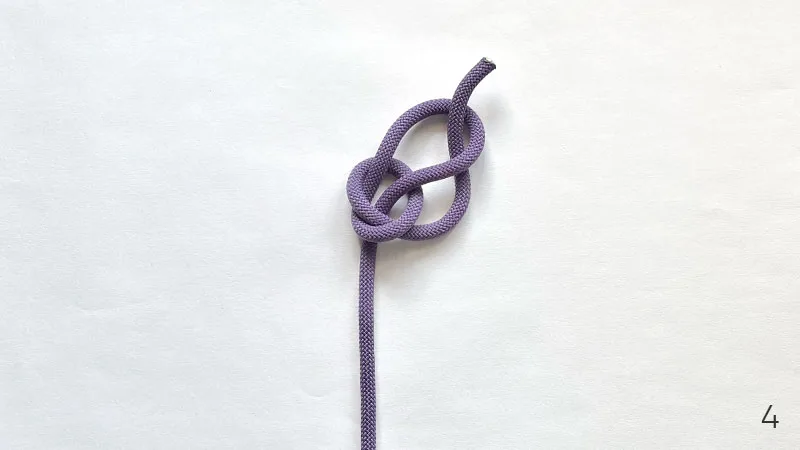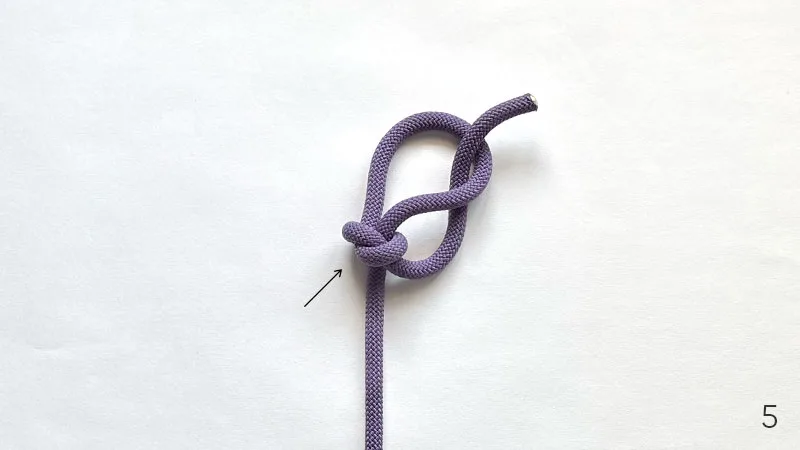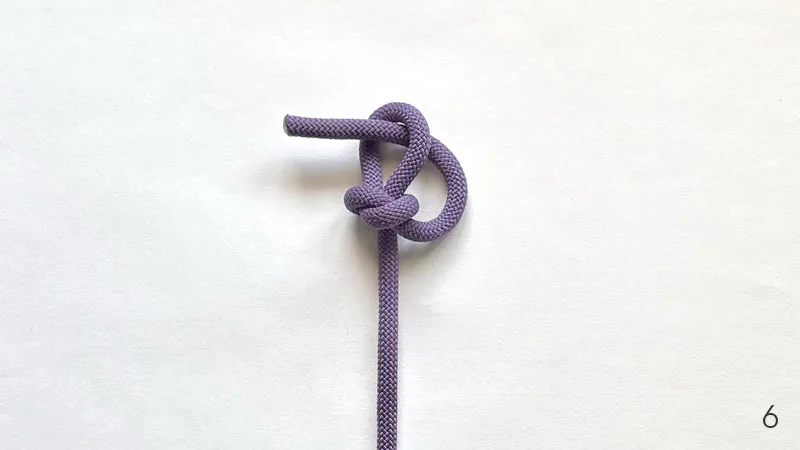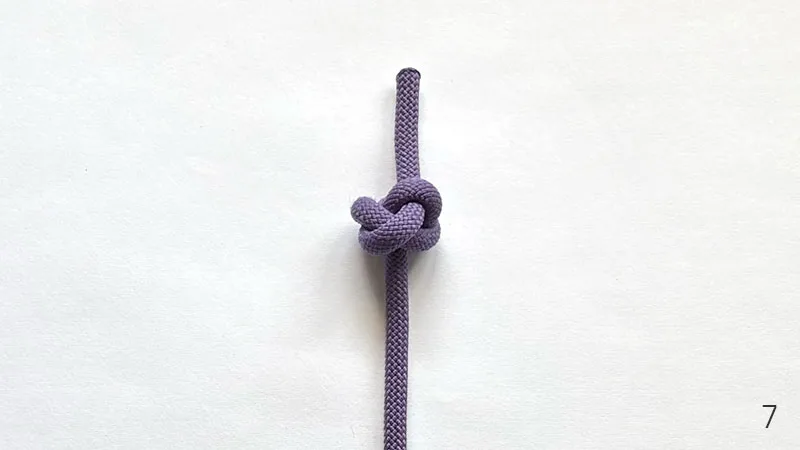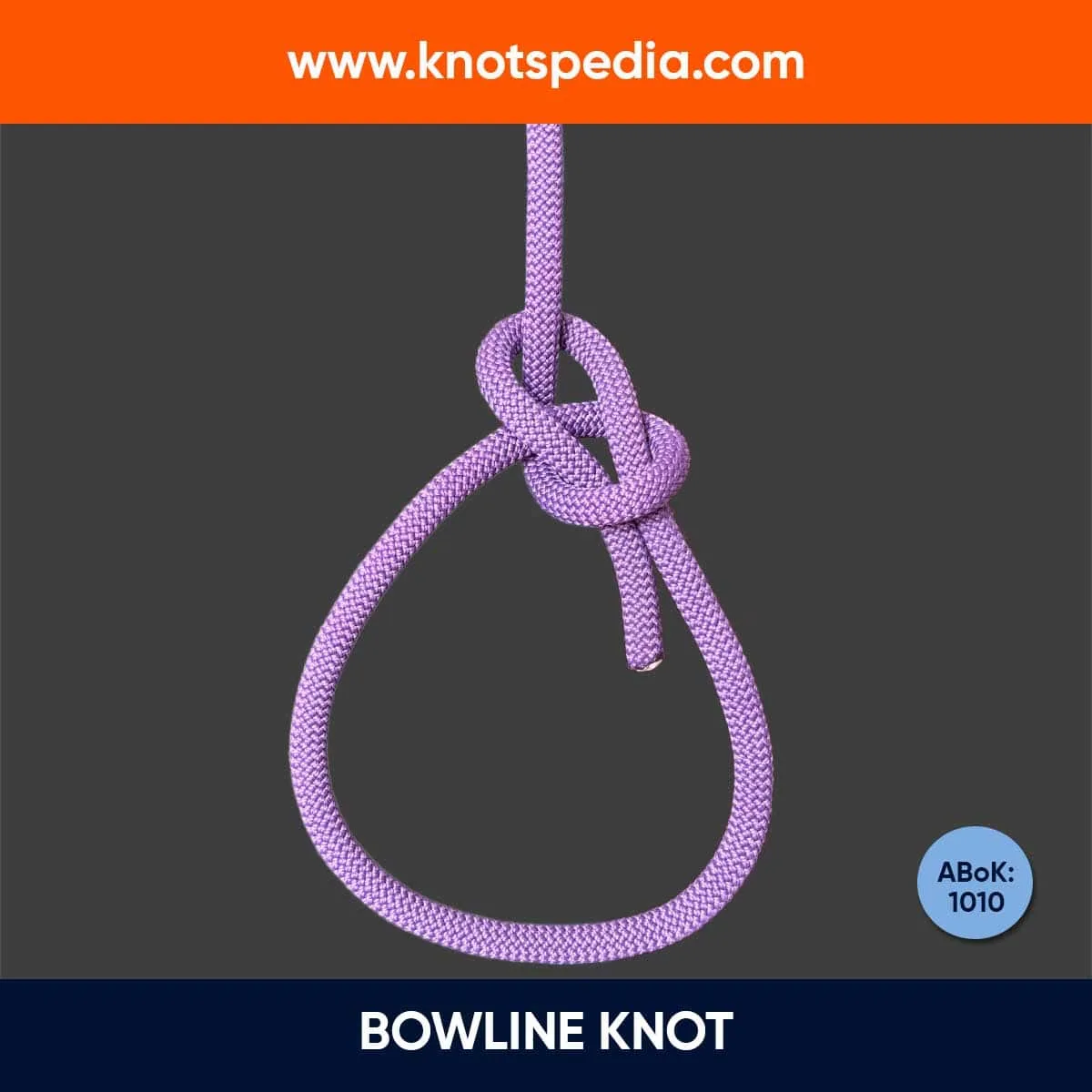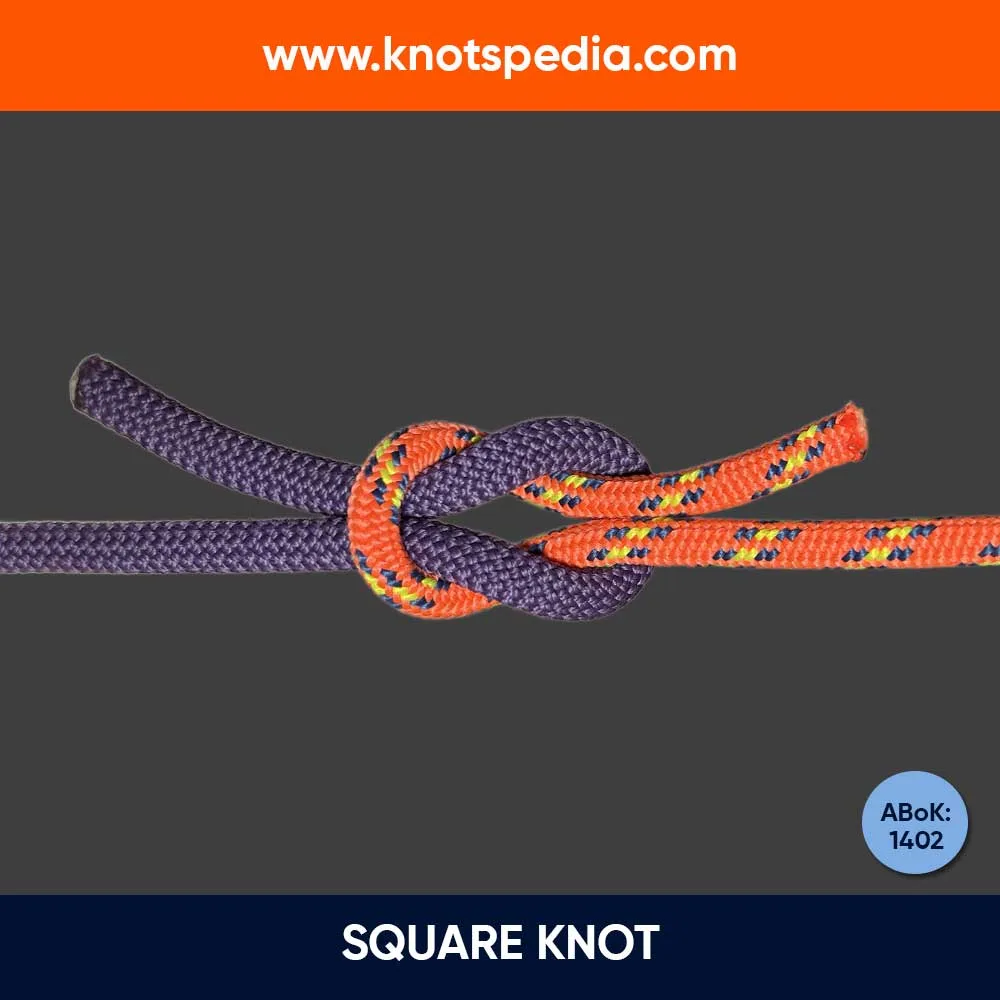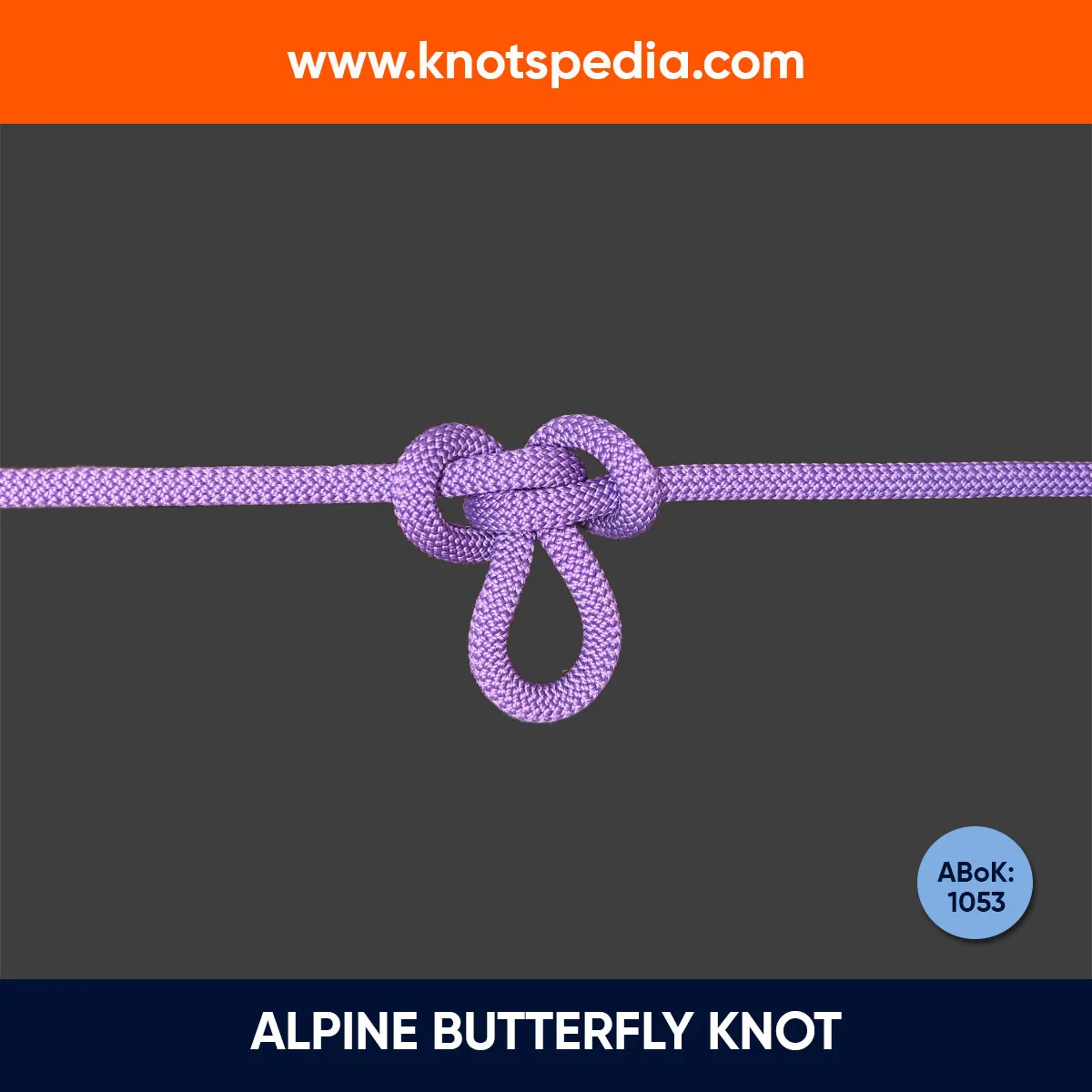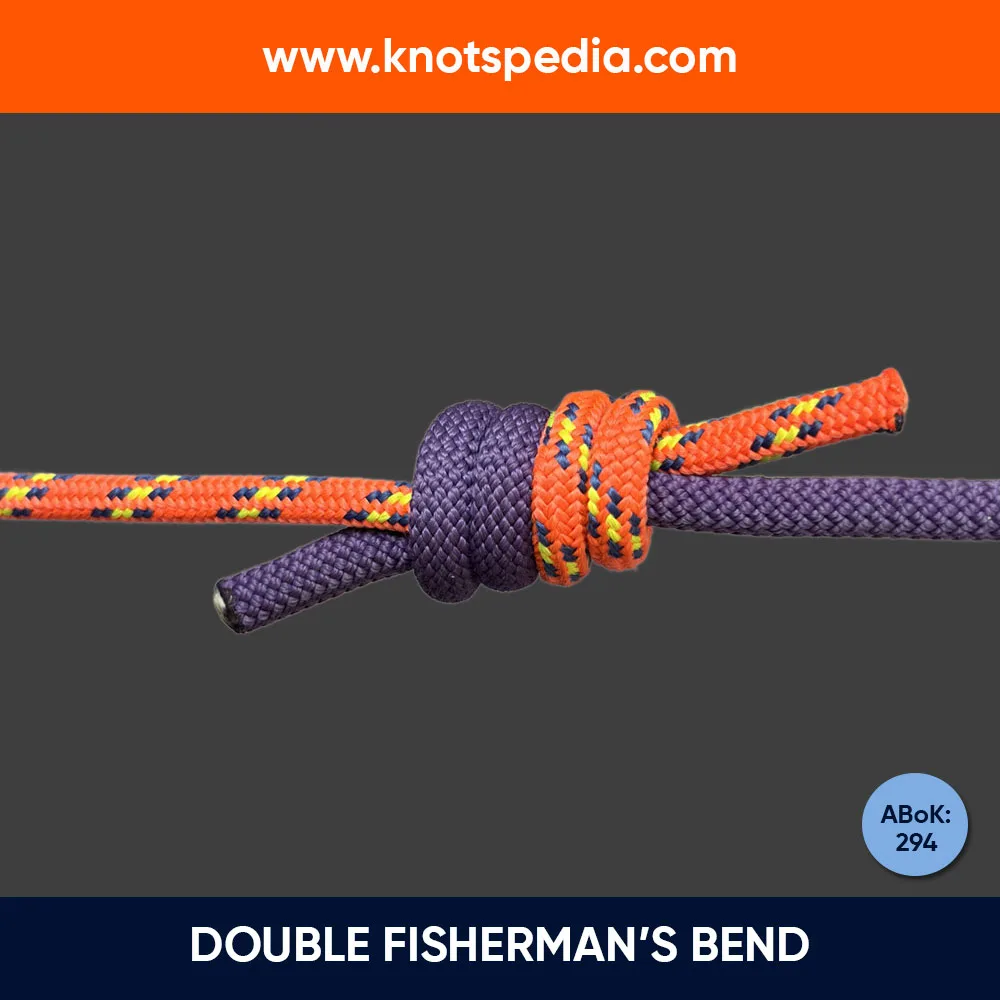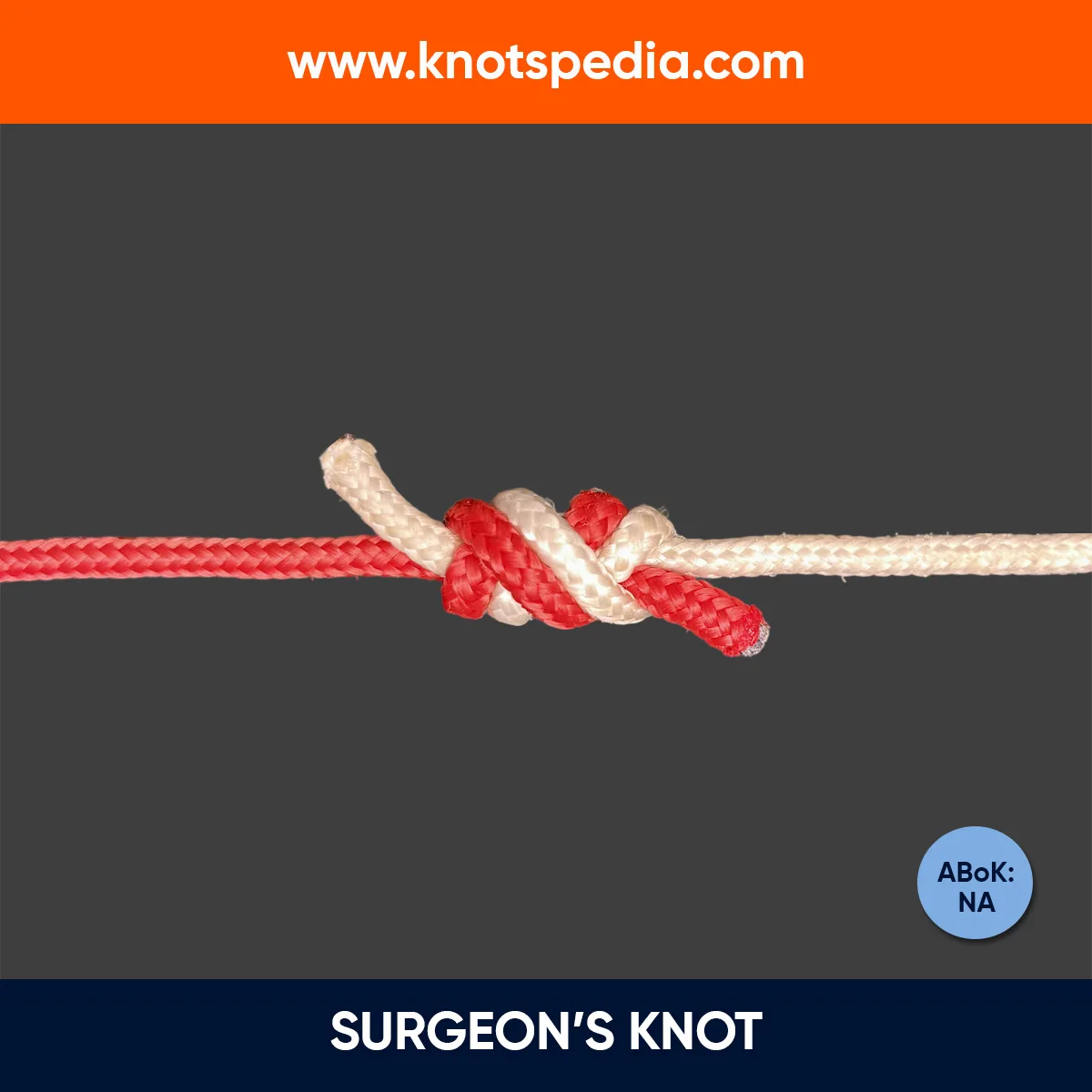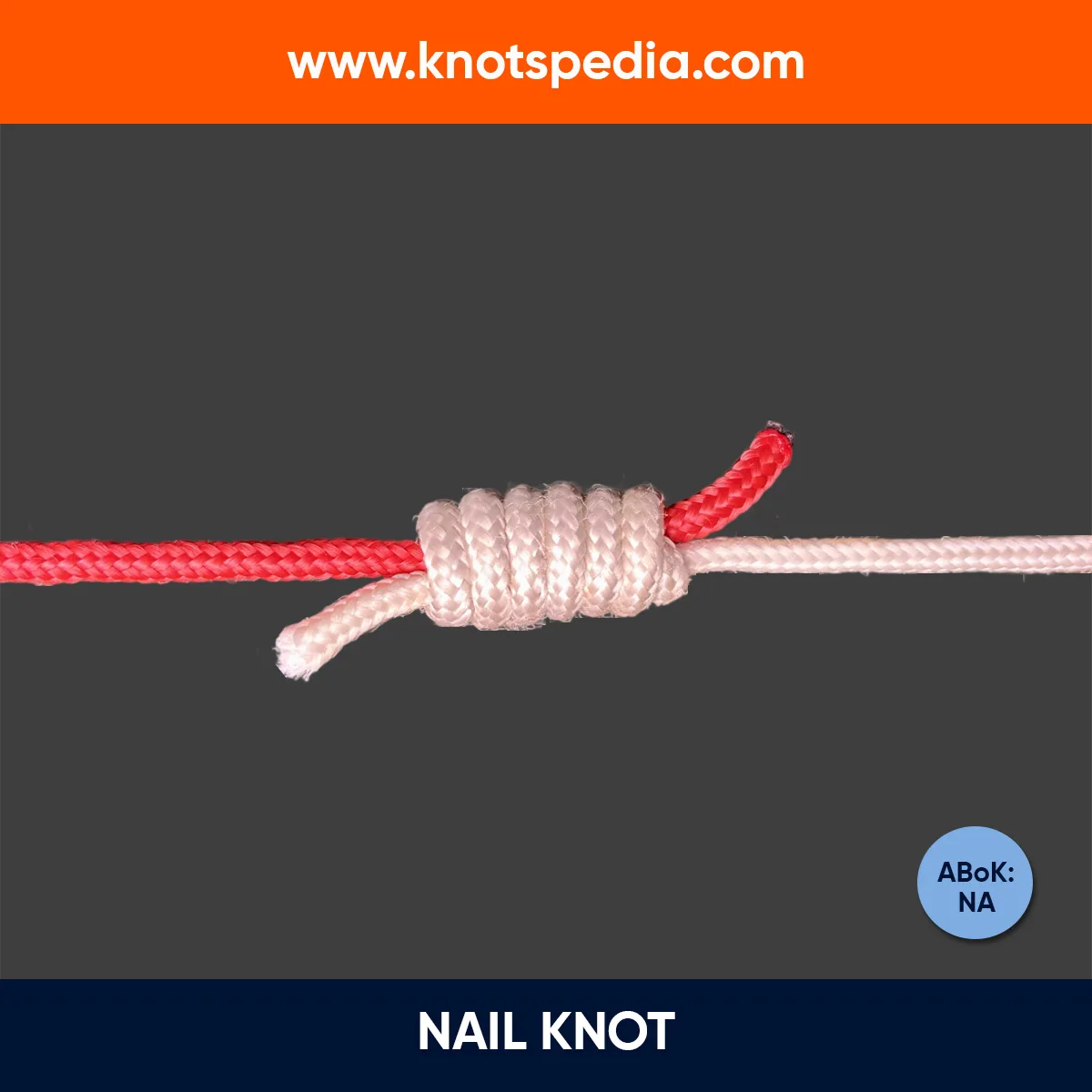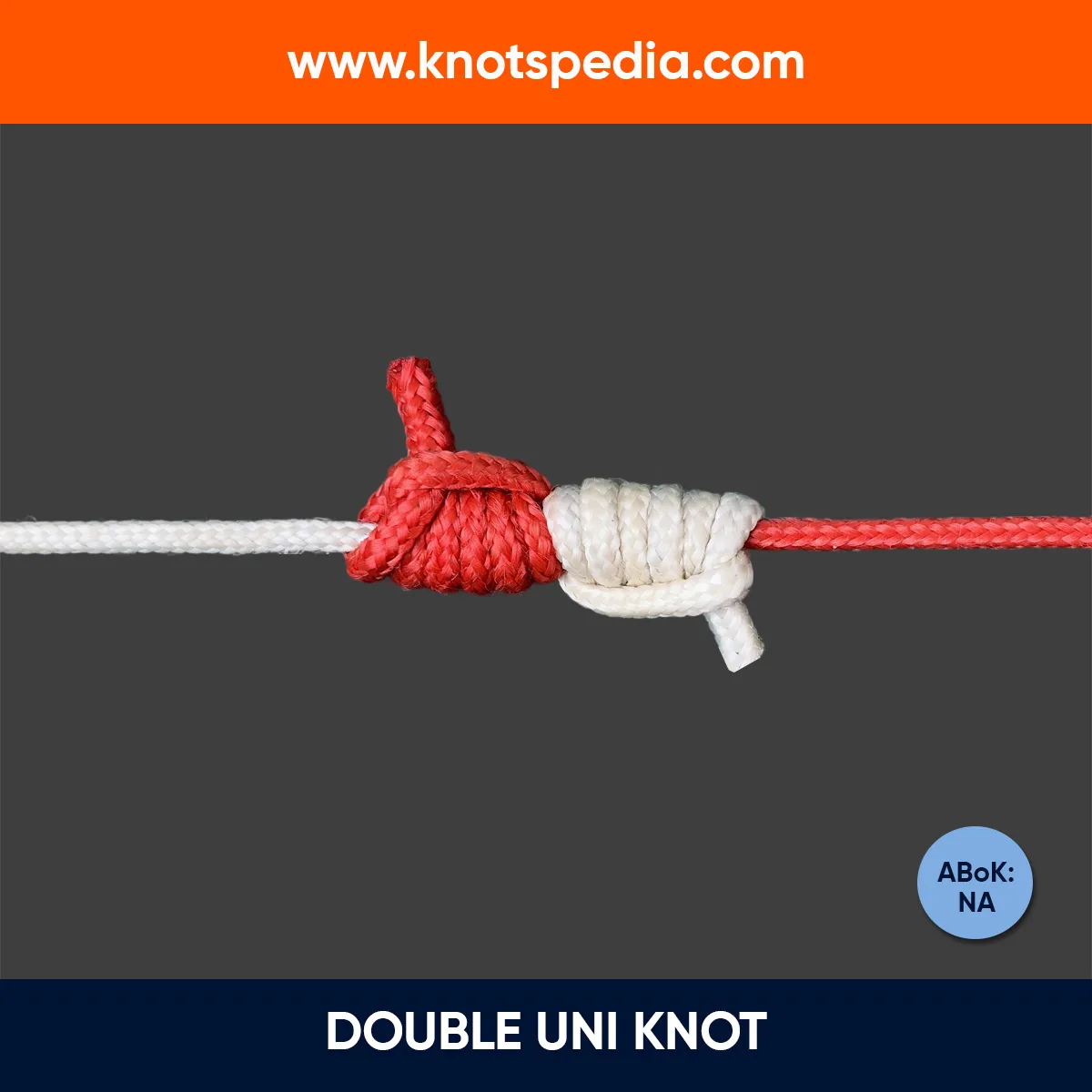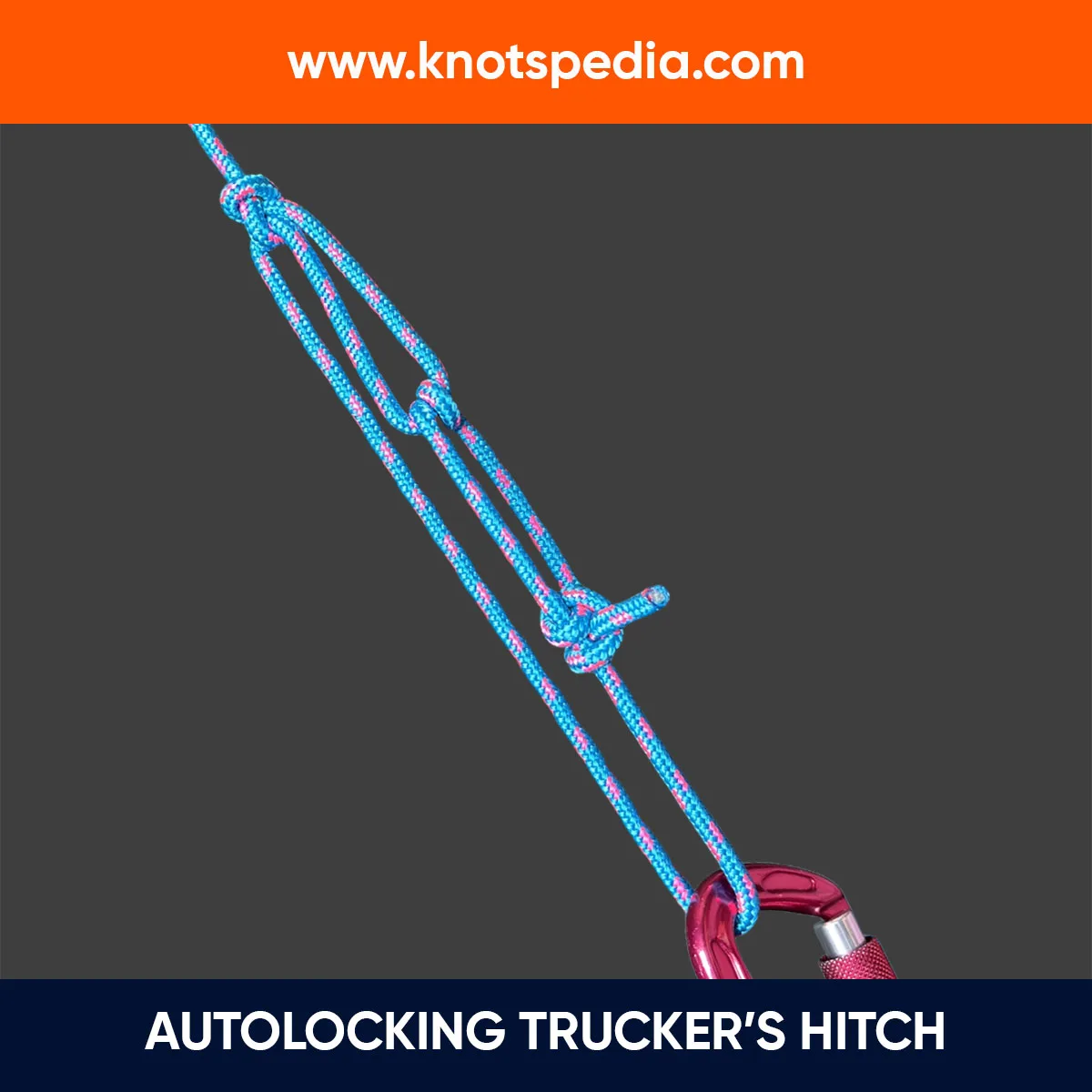The Ashley stopper knot is a bulky and secure stopper knot that prevents the rope from passing through openings.
It’s tied like a basic Overhand Noose, but with the working end passing through the Noose eye.
When tightened up, it creates a tidy triangular shape where the standing part enters the knot.
Let’s learn this knot in detail.
Ashley Stopper Knot Details
Type: Stopper knot
Other Names: Oysterman’s Stopper
ABoK Reference: #526
How to Tie an Ashley Stopper Knot
- Make a bight in the rope.
- Fold it into two loops—one small, one large.
- Pass the large loop through the small loop. It will form an Overhand Noose.
- Feed the working end through the loop. Make sure the working end follows the natural path and not the other way around.
- Tighten the overhand portion around the standing part.
- Pull the standing part to close the noose on the working part.
- Tighten the knot.
To untie, just push the working end back through the Noose eye and pull down the Standing end to undo the Overhand Noose.
Ashley Stopper Knot Step by Step
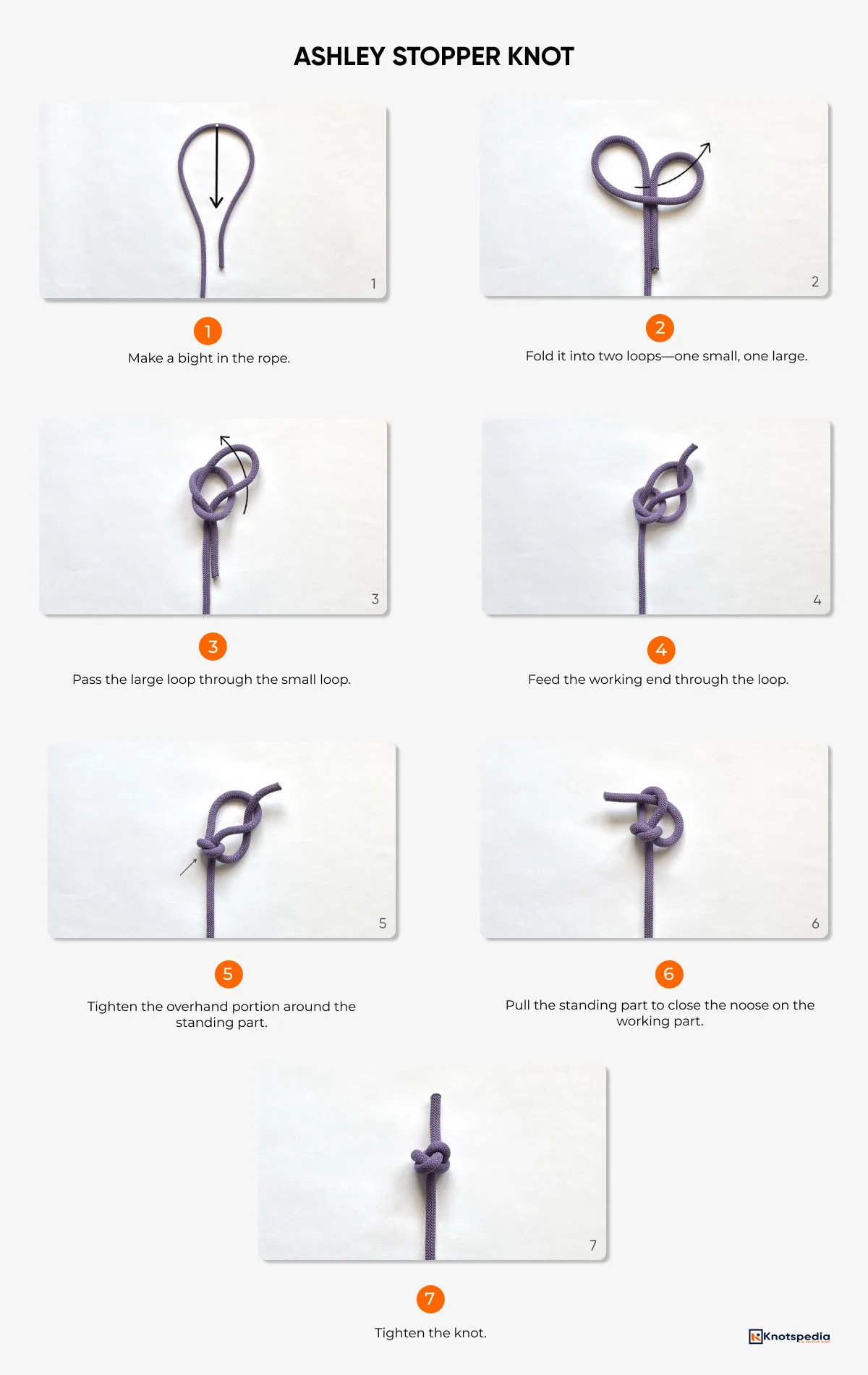
Pro Tips for Tightening
Ashley stopper is an easy-to-tie knot, but it’s also easy to mess up if you don’t tighten it in the right order.
Here’s how to tight it the right way:
- Tighten the overhand part of the knot first.
- Next, pull the standing end of the rope.
- Finally, pull the working end to tighten the knot.
How do you know if you have tied this knot correct?
When done right, you will notice a symmetrical three-lobed shape at the end of the rope.
Pros & Cons
- Easy to tie
- Bulky profile prevents it from slipping through the holes.
- Aesthetic design with a unique 3 lobed structure helps to identify the knot easier and provides added security.
- Many people tie it wrong because they fail to tighten it in the right order.
Applications and Uses
The Ashley stopper knot is used in climbing to prevent the end of a rope from slipping at critical times.
It’s used in boating to prevent the rope from slipping through the narrow openings and increase the security of the mooring lines.
It’s also used in Scouts and outdoor projects to create a stopper knot for shelters and other lines.
Is It Secure?
Absolutely! The Ashley stopper is one of the secure stopper knots.
That said, it needs to be tightened in a specific order to gain that strength.
It’s very unlikely to capsize or loose if tied correctly.
It’s bulky design and the 3 lobed symmetrical structure make sure the knot stays strong in any conditions.
Funfact: Did you know that Ashley stopper knot is named after Clifford Ashley? He was the man behind the Book “The Ashley Book of Knots.” He first spotted the knot on a local oyster fishing boat in 1990.
Other Stopper Knots
Overhand Stopper Knot

An Overhand stopper is the most basic type of stopper knot and also the weakest.
It’s rarely used in applications where a bulky stopper knot is needed.
Double Overhand Knot
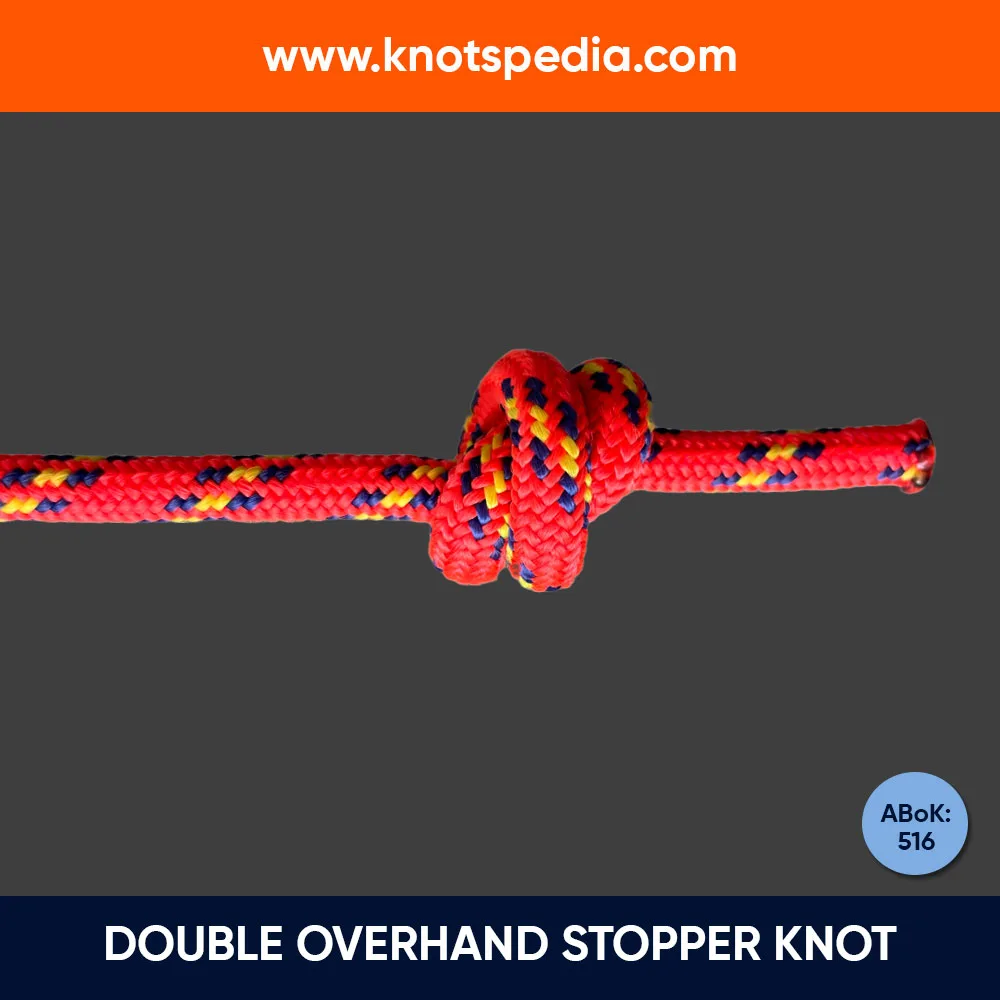
The Double overhand stopper is tied similar to the Overhand Stopper but has an extra turn around the loop to make it a bit bulkier.
It’s also used in climbing as a backup knot after tying the Figure 8 follow through loop.
It’s less secure and small in size than the Ashley stopper.
Figure 8 Stopper Knot
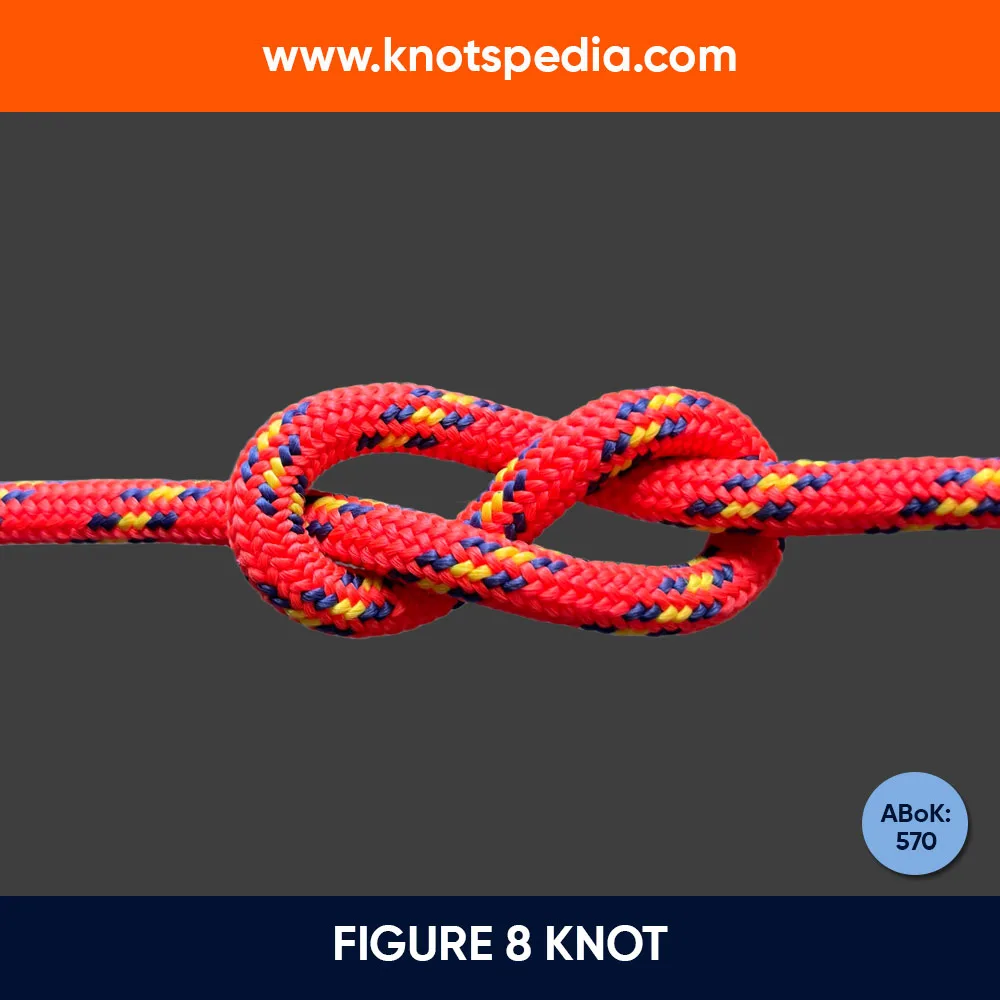
The Figure 8 knot has a smaller profile than Ashley’s stopper.
It’s easier to tie but tends to shake loose under load.
It’s the basis for many knots like the Directional Figure 8, Figure 8 follow through loop, Figure 8 bend, Figure 8 on a bight, and Double Figure 8.
Stevedore Stopper Knot

The Stevedore stopper is a medium sized stopper that is just as secure as the Ashley stopper knot.
It is more complex to tie and is less versatile.
Estar Stopper Knot

The Estar stopper is a bulky stopper knot that works well with modern slippery ropes like Dyneema.
But it’s difficult to untie this knot.
Give this knot a try and Share it with your family and friends!
